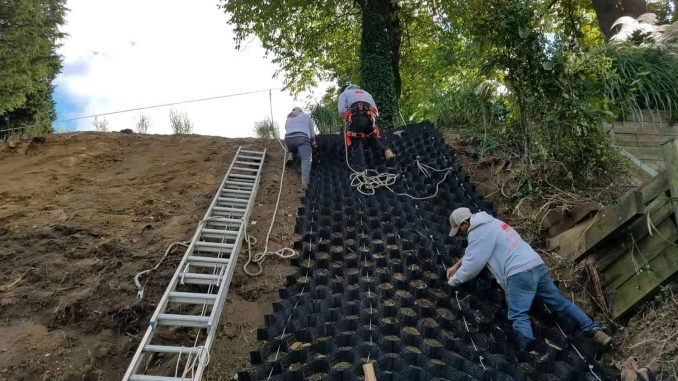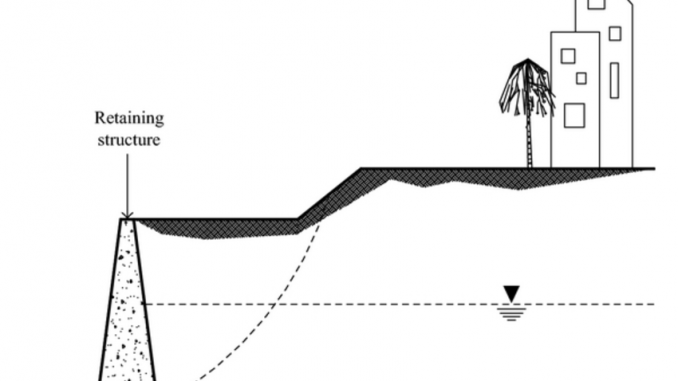
Retaining walls are used in several residential and industrial jobs. They function both the functional goal of providing the demarcation between where something else is situated and where it isn’t, and the decorative purpose of adding an appealing focal point to that which could otherwise be bland, dull concrete or stone surface. While there might be some utilitarian function to such walls, the principal use is as a decorative element in residential and commercial buildings.
Retaining Walls Purpose

Retaining walls can be made from concrete, stone, tile, vinyl, or another material. Concrete and stone retainers are most frequently used because they allow the wall to settle and be sprinkled with little effort, and in addition, they offer excellent structural strength. Vinyl and tile keeping walls tend to settle and flatten more slowly, and have a tendency to have better structural strength than concrete and stone. Retaining walls are usually built to accommodate a particular height, and this height varies widely based on their goal. These walls are commonly found in residential projects where extra space is required to accommodate architectural elements such as staircases, porches, driveways, and decks.
Retaining Walls Purpose
Retaining walls are constructed in two different styles: wall construction with a frame and free standing walls. Wall structure with a frame offers sturdier structure, which is ideal for ponds that alter regularly; and free standing walls offer greater flexibility in use and design. If you’re building a wall yourself, you’ll need to decide which of these styles is best suited to your requirements. These are typical styles and the main reasons they are used:
Retaining Walls Purpose
Wall structure with a framework involves erecting the wall against a precast concrete base. This choice provides a sturdier structure than free standing walls and can even be used for decorative components such as spiral stairs treads. Along with being sturdier, framework retaining walls are made to blend into the surrounding concrete, instead of stand out and detract from the space. They may be constructed to accommodate a wide range of heights.
Frame retaining walls could be built to fit the space perfectly. When assembled, they form a strong wall that may be left unadorned for aesthetic appeal, or improved with steps, light and flower beds. There are options to add built in fireplaces and skylights, in addition to walls that are completely clean. These blank walls offer you a superb opportunity to make your yard more interesting, while providing plenty of storage room for gardening gear and other lawn tools. They can also be purchased in a variety of styles, sizes and fabrics, so they’re a great investment for anyone who wants to bring a little flair and function to their lawn.
Free standing walls are normally made from stone or concrete. These walls are simple to build since they don’t require connections to anything else. These components are fantastic for adding height, style and character to the exterior of any dwelling. Because they are generally larger than frame retaining walls, they can accommodate extra features without consuming too much space. For example, free-standing walls may incorporate railings, trellises and other innovative forms that add interest and functionality to the lawn.
Landscaping selections for keeping walls are rather diverse. Depending upon the design and look you are trying to accomplish, you can integrate everything from flowers to small trees to unique materials to dirt and boulders to create interest. Landscaping and layout are extremely important elements of their house because they help enhance the architecture and provide usability in the region. There are choices for every sort of lawn and every kind of construction.
Retaining walls are an efficient means to produce continuity and performance in the landscape of the property. They’re built to fulfill the requirements of every homeowner. Whether you are thinking about purchasing an existing retaining wall or creating yourself, you will find they’re a cost-effective and effortless way to add function and beauty to the landscape. Contact your local contractors for more info today!
